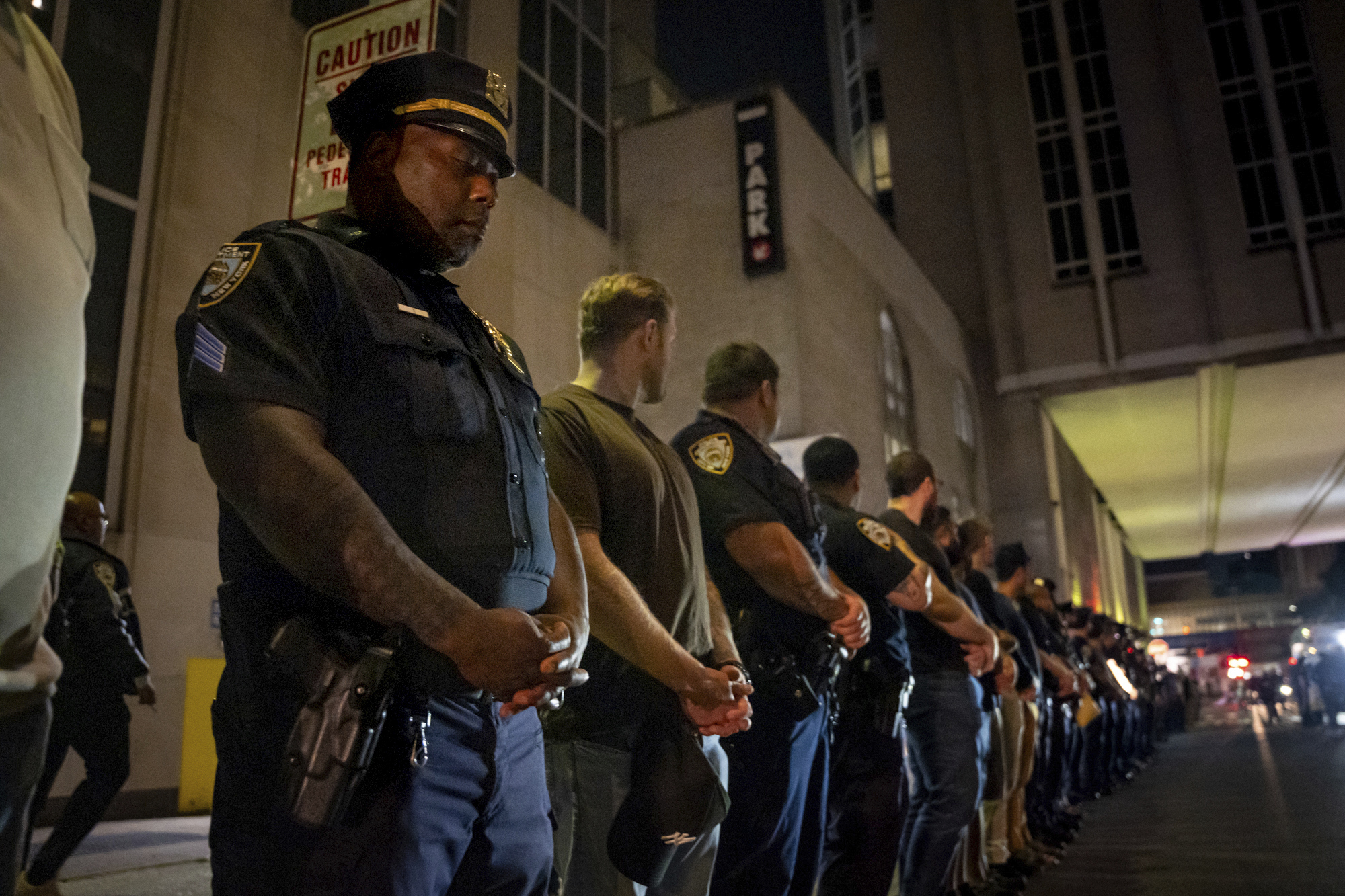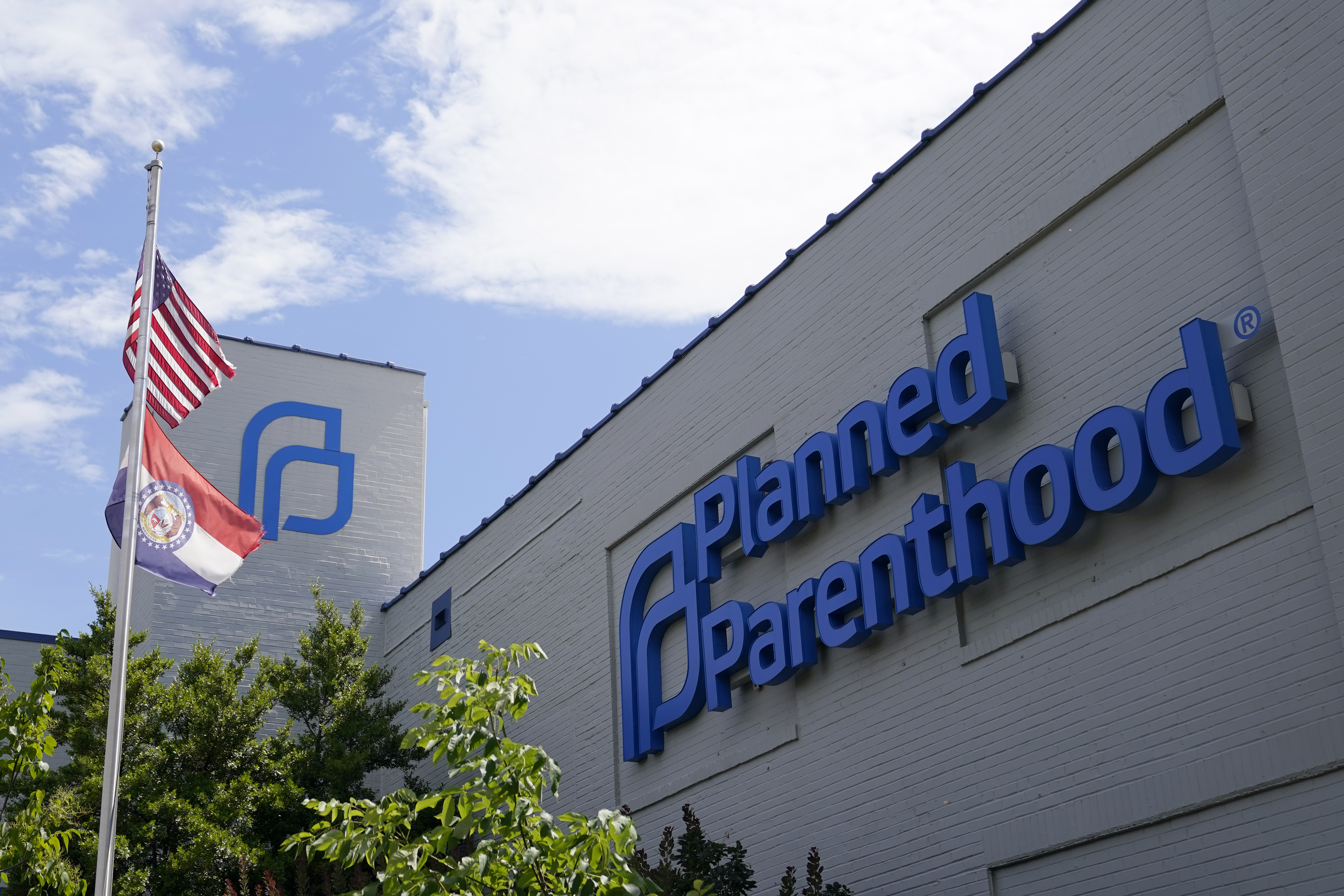It's been about a month since some of the first states started to reopen. So did they see a spike in coronavirus cases?
Georgia was one of the first states to restart its economy. Businesses were allowed to reopen, with limitations, on April 24. A week later, Gov. Brian Kemp lifted the state's shelter-in-place order.
Georgia has been criticized for "bungling" the way it reports new coronavirus cases, which makes analyzing the statistics difficult. Since the state started reopening, the number of new cases has been fluctuating up and down.
"A uptick in infection rates is not surprising. The more people are out, the more they will contract the virus. The question then becomes, how are they dealing with the virus once they have it? Are they successfully seeing the light at the end of the tunnel? And the answer is they are," said Peter Pitts, former FDA associate commissioner and president of the Center for Medicine in the Public Interest.
Colorado moved into a "safer at home" phase April 27, with some nonessential businesses allowed to reopen for curbside pickup. By May 4, that was expanded to allow offices, salons and other services to resume, with limitations.
"We need, through this stage, to help Coloradans have the opportunity to earn a living while protecting health and safety," said Colorado Gov. Jared Polis at a press conference announcing the plan. "Why continue to leave businesses shuttered and employees without a job if we don't even get anything for extending the stay-at-home order?"
The rate of positive cases in Colorado has been gradually dropping, and Gov. Jared Polis is pleased with how things have been going.
In Texas, residents were under a stay-at-home from April 2-30. As of May 1, all retail stores, restaurants, movie theaters and malls were allowed to reopen with limited capacity. The number of positive cases keeps rising, but that's partially because of increases in testing. The rate of positive cases has remained steady since the rules were relaxed, and the rate of people being hospitalized because of COVID-19 has decreased.
"That means that those people who are most at-risk are being taken care of, and those people who can deal with coronavirus, you know, at home, are dealing with it appropriately," Pitts said.
The key for any region to reopen safely is continued social distancing.
"I think as we look at what's happening in our neighborhood, how one restaurant is taking care of it, how one school is taking care of it, how one airport is taking care of it, we'll understand more broadly how to implement those strategies and tactics across the country," Pitts said.











